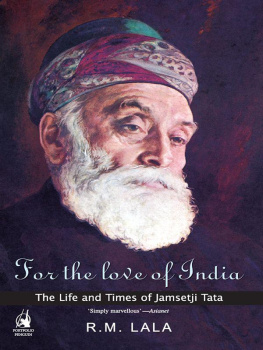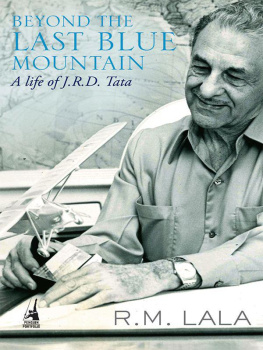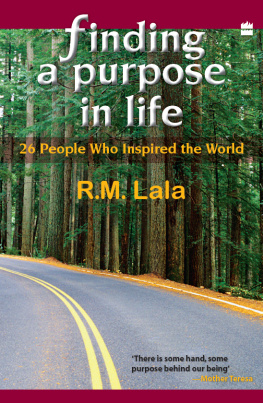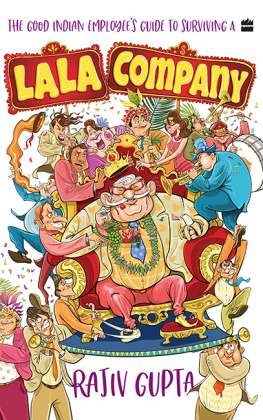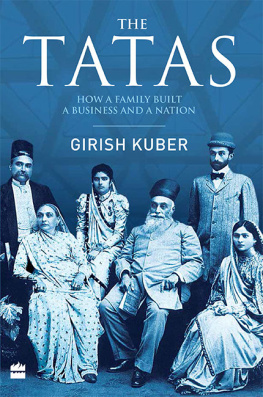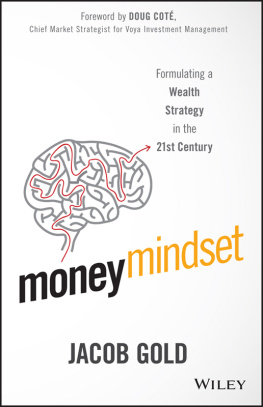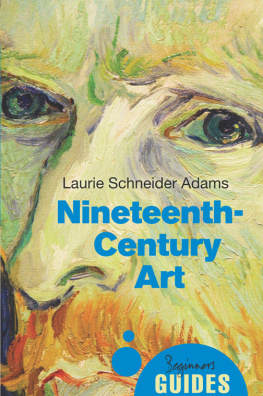R.M. LALA
Foreword by J.R.D. TATA
Epilogue by RATAN N. TATA
Illustrated by MARIO MIRANDA
Russi M. Lala started his career in journalism in 1948 at the age of nineteen. In 1959 he became the manager of the first Indian book publishing house in London and in 1964 he founded (with Rajmohan Gandhi) Himmat Weekly, which he edited for a decade. His first book, The Creation of Wealth, was published to critical and commercial acclaim in 1981. This was followed by other books, including Beyond the Last Blue Mountain: A Life of J.R.D. Tata (1992), Celebration of the Cells: Letters from a Cancer Survivor (1999) and A Touch of Greatness: Encounters with the Eminent (2001). R.M. Lalas books have been translated into several languages, including Japanese. He was the director of Tatas premier trust, the Sir Dorabji Tata Trust, for eighteen years, as well as the co-founder and chairman of the Centre for Advancement of Philanthropy.
Mario Miranda, whose illustrations appear in the book, was one of Indias most famous cartoonists and illustrators. His works have been widely exhibited and published.
By the Same Author
Encounters with the Eminent (1981)
The Heartbeat of a Trust (1984)
In Search of Leadership (1986)
Beyond the Last Blue Mountain: A Life of J.R.D. Tata (1992)
The Joy of Achievement: Conversations with J.R.D. Tata (1995)
Celebration of the Cells: Letters from a Cancer Survivor (1999)
A Touch of Greatness: Encounters with the Eminent (revised and enlarged) (2001)
The Thread of God: An Autobiography with a Difference (2009)
He was above all a patriot,
who made no public speeches.
To his mind wealth,
and the industry which
led to wealth,
were not ends in themselves,
but means to an end,
the stimulation of the latent
resources of the country
and its elevation in the
scale of nations.
Times of India,
13 April 1912,
on the occasion of the unveiling of the Memorial Statue of J.N. Tata in Bombay.
To
Sharokh Sabavala
who opened
for me
the world of Tatas
There is a difference
between making money
for oneself and creating
wealth for others. This is the story of a House
that has created wealth
for a Nation. It is the story of struggle,
anxiety, adventure,
achievement.
An unfinished story...
Introduction
N ot many books are in demand twenty years after first publication. The Creation of Wealth is. First published in 1981, the last and the third edition was published in 1992. The book ended at a watershed for Tatas as well as for India, for in March 1991 Ratan Tata took over as chairman of Tata Sons, and in July the same year Manmohan Singh announced the policy of liberalization. In the intervening period between then and now, 2004, there has been a sea change in the industrial scenario from the world of controls to globalization.
The book was first written at a time of controls when the hangover of state capitalism was still there. The Creation of Wealth portrayed what private enterprise could do.
It is an account of how the foundation of Indias industrialization was laid by Jamsetji and his heirs. The book evokes an era so different from todays business world. That was a world of adventurous men with undaunted hearts who dared to accomplish things for the sake of the country and not just the bottom line.
Their sights were set high; their gaze often distant. This book recalls Sir Dorabji Tata and party exploring for iron ore in Chanda District, central India, in a bullock cart, where tigers roamed and even their tea had to be prepared in soda water!
It is hard to imagine in todays power starved India that in the 1920s, Tata Hydro-Electric Company, in order to sell its power to mills, had to offer to buy their old boilers from the owners to convert the mills to electric power.
JRD launched civil aviation at a time when flying was a rich mans sport and he had the vision in 1932 that it would knit India close together. Later, he launched Air-India International as Asias first international airline in 1948.
Tata Chemicals too had its romance of cracking the secret code of making soda ash which only a handful of companies abroad had the monopoly of. Soon thereafter, struck by years of drought and under cloud of a closure, it survived under the leadership of Darbari Seth, changing the water connections to sea water wherever possible and defying the prophets of doom that it would shut down.
We now live in prosaic times. It is not only industry that is changed; it seems mens motivations and circumstances have changed too.
A book is like a personality. It is of one piece
When the economic scenario has drastically changed, to revise the contents of the 1992 edition would only serve to reduce the effectiveness of the pre 1992 narration. What I have chosen to do for the readers benefit is to keep the original edition in Section A and added developments between 1992 and 2003 in Section B. In Section A I have deleted only two chapters from the original edition: A Little Leaven and Tata Assets. They are not only outdated but confusing in the context of 2004. I have, however, in the footnotes, updated essential statistics in the 1992 edition and only occasionally deleted a few lines. This procedure will make for smoother reading.
Section B covers the liberalization era 1992-2003.
Liberalization: Challenge & Response is a bridge-chapter that enables the reader to make the transition from the past to the present. It seeks to give only a broad picture of the Tata groups meeting the challenge of the changing scenario.
Significant developments of the decade 1992-2002 in select Tata companies are covered in the chapters in this section. The earlier edition gave facts that were known to me then. New facts have come to light in the last decade, especially on Sir Ratan Tata Trust. For Sir Dorabji Tata Trust I have updated briefly the developments of the last decade. (The chapter needs to be read along with the section Tata Trusts in Beyond Business in the previous edition to get a more complete picture.)


